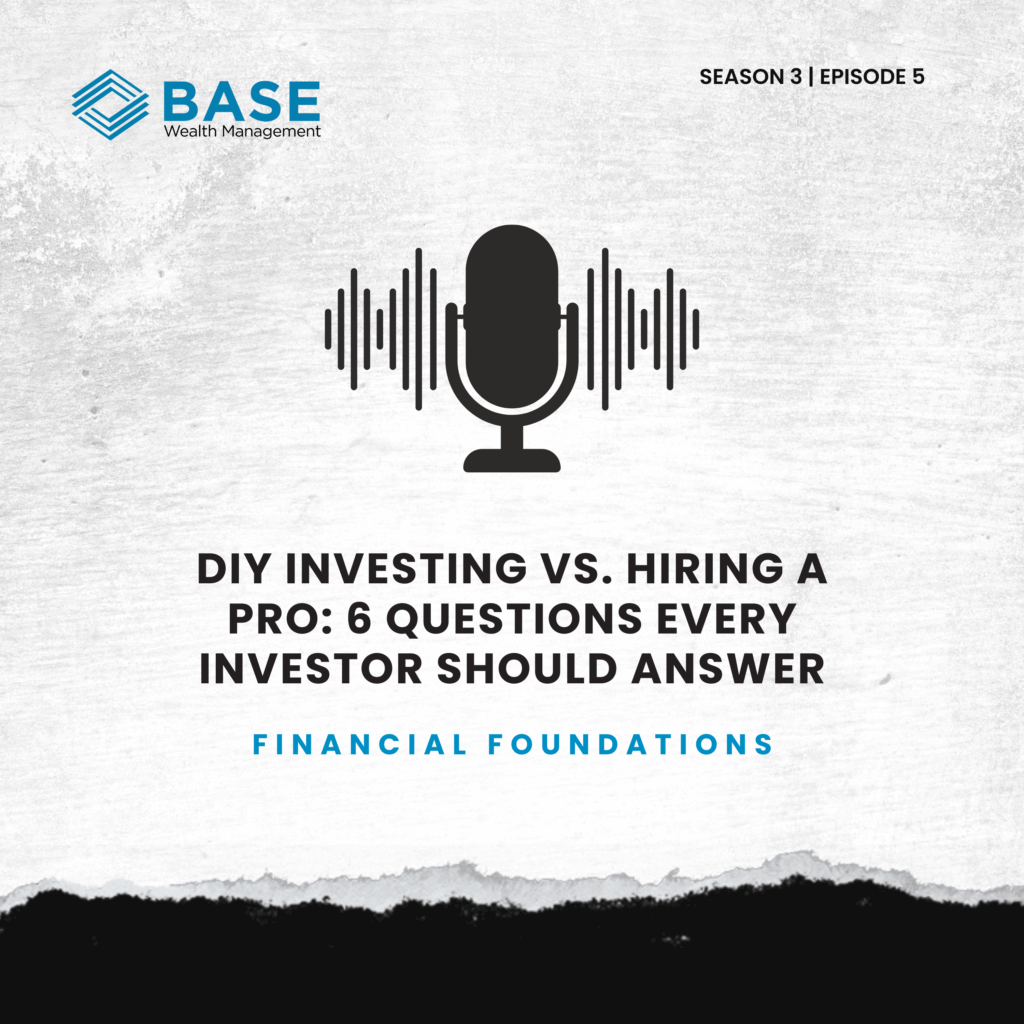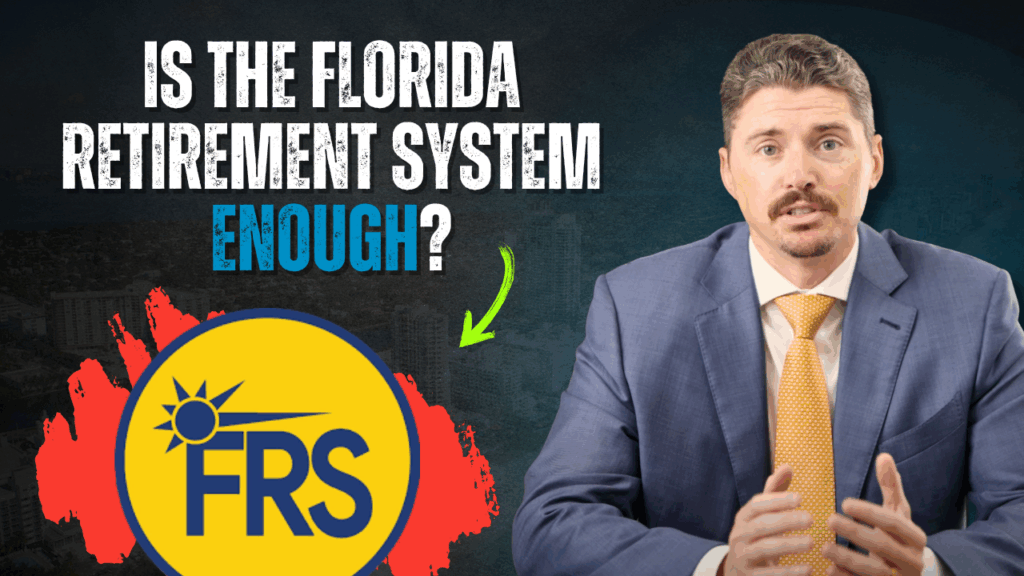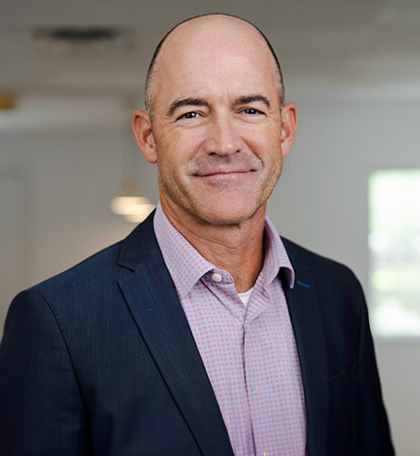Many Americans have a misconception of what a financial advisor does or how a financial advisor adds value to a portfolio. They may imagine an advisor picking hot stocks, buying and selling assets as the markets shift, and beating the market with their superior financial knowledge. Well, the truth is a lot more boring. In fact, you’ll probably be quite surprised as to how exactly a financial advisor helps your savings grow faster – and it’s not by picking the best stocks.
The truth is, investing simply isn’t that difficult anymore. With the arrival of mutual funds and later ETFs, it’s become easy to stay diversified and at least keep up with the market’s performance. But if investing is easy, then why pay a financial advisor? Because it certainly is worth it! Let’s examine how a financial advisor can add quantifiable value to your portfolio.
Behavioral Coaching
One of the biggest mistakes amateur investors make is… making mistakes. During times of high market volatility, when an investor’s portfolio value could plunge by 20% or even more, it takes iron discipline not to sell and recover what you can. However, that’s a huge mistake. Some of the biggest bull runs occur during market rallies; by selling, you’re missing out not only on those gains but also on all future potential gains.
Plus, an advisor can guide you away from the shady or downright poor investment opportunities that you likely get approached with or by pouring money into just one or two stocks.
In fact, according to Vanguard, behavior coaching is the most significant value add that advisors provide, delivering up to 2.00% in annual average net gains. This alone more than makes up for an advisor’s usual fee, and it’s just one of the many ways an advisor helps.
We also feel that Vanguard is being too conservative with its figures. An amateur investor who loses their entire savings by going all in into an ‘investment opportunity’ would get much more than a 2% net gain from professional, fiduciary advice. They’d prevent a 100% loss, for one!
Withdrawal Strategies
A financial advisor’s job is not just to grow your savings or protect them – it’s to wind down those savings safely and efficiently when you’re in retirement and transition from a growth mindset to a drawdown strategy – which is quite challenging emotionally. Additionally, many retirees don’t know how to withdraw from their accounts in a proper order while keeping in mind taxes, inflation, rates of return, Required Minimum Withdrawals, and other sources of income. Nor should they – we seek the appropriate professional for each situation in our lives, and our finances are no different.
Here, Vanguard says financial advisors can provide up to 1.2% in annual average net gains to an investor’s portfolio by keeping in mind the tax status of the investor’s assets and investment accounts, such as Roth vs Traditional and regular income tax vs capital gains tax.
However, we feel that there’s something tough to quantify regarding a withdrawal strategy. An advisor can help ensure you take out just the right amount each year while staying in a low tax bracket and ensuring your investments maintain enough momentum to last for the rest of your life. What difference does a percentage make if you still run out of money in your lifetime? An advisor’s job is to help ensure that doesn’t happen in any case!
Asset Location
Where your investments are held is vital. Just by positioning investments in the proper account based on their tax status, up to 0.60% in returns can be added yearly, per Vanguard’s research.
This involves strategically placing assets like stocks, bonds, ETFs, and mutual funds in different account types—such as brokerage, traditional retirement, or Roth accounts—based on their tax implications.
For example, assets like stocks and ETFs can be placed in taxable brokerage accounts to benefit from lower capital gains rates. In contrast, bonds can be placed in tax-free accounts to help shield your earnings from regular income tax rates. However, the optimal placement of assets depends on your financial situation and goals, and a financial advisor can determine the optimal placement of each of your assets to reduce your tax burden and remain in a lower tax bracket.
Plus, by reducing the tax drag on your investments, you’re potentially increasing your compound growth significantly over the decades. And every percentage makes a huge difference, as we’ll show below.
Portfolio Rebalancing
Rebalancing your portfolio is crucial to maintaining the asset allocation that aligns with your long-term objectives and risk tolerance. Vanguard’s research indicates that regular rebalancing of a 60% stock/40% bond portfolio can potentially add up to 14 basis points, or 0.14%, to performance annually compared to portfolios that are allowed to drift away from their target allocations.
For those with multiple retirement accounts, rebalancing becomes even more complex yet remains just as vital. It’s not just about restoring the original investment mix; here, you have to consider the varying tax status of each account, your risk profile, and the strategic tax implications of where to place or withdraw assets. An asset allocation that drifts from its target over time can accumulate risk and reduce your portfolio’s ability to meet your retirement goals.
If you only have a single brokerage account and just a few funds, it’s not extremely difficult to rebalance your portfolio on your own. Throw in an IRA, a 401(K) or two, possibly a pension, and other potential income sources, and it quickly becomes a tangled web – then throw in the post- vs pre-tax factor!
Putting It All Together
According to Vanguard, a financial advisor can, on average, add nearly 4% or more to your portfolio each year compared to a DIY approach. Other research points to similar or even higher results – Russell Investments even claims over 5%. Some things are undoubtedly unquantifiable, though. We can’t see the numbers on people who never approached a financial advisor to begin their journey or those who decided to go it alone just to lose everything.
And what does 5% look like over a working career? For one, it drastically improves your portfolio’s ability to combat inflation, which has averaged 3.3% from 1914 to 2023.
As for a dollar amount – let’s look at a modest return rate of 8% a year. A $10,000 initial investment – without any further contributions, returning 8% for thirty years, would give you a bit over $100,000. However, a 12% return would give you about $300,000 over the same time period! Five percent can make an enormous difference in your retirement readiness over the long run.
In Conclusion
A financial advisor is so much more than someone who helps you pick stocks and bonds. First and foremost, they help prevent poor decision-making. From there, they help you choose the right withdrawal strategy so you don’t run out of money, rebalance your investments to stay aligned with your risk tolerance, place the right investments in the right kinds of investment accounts, and help you keep a low tax bracket throughout your lifetime – all with the goal to grow your savings faster than you can do on your own while staying as risk-averse as possible.
Interested in growing your retirement savings? Schedule a consultation with a fiduciary financial advisor today by clicking the button below!



















